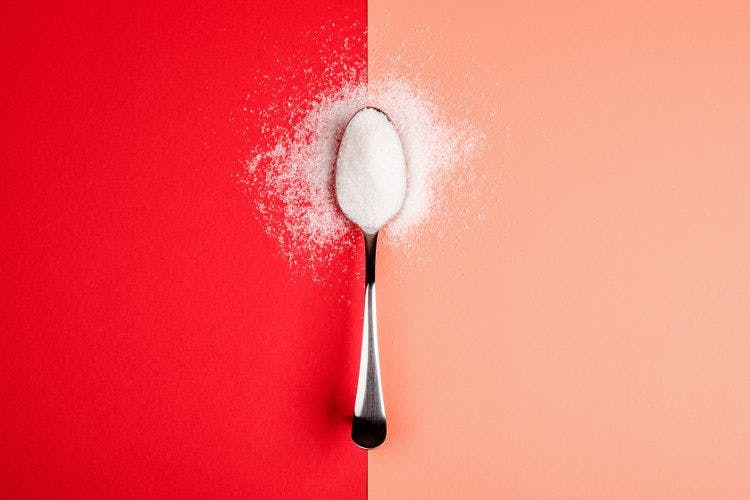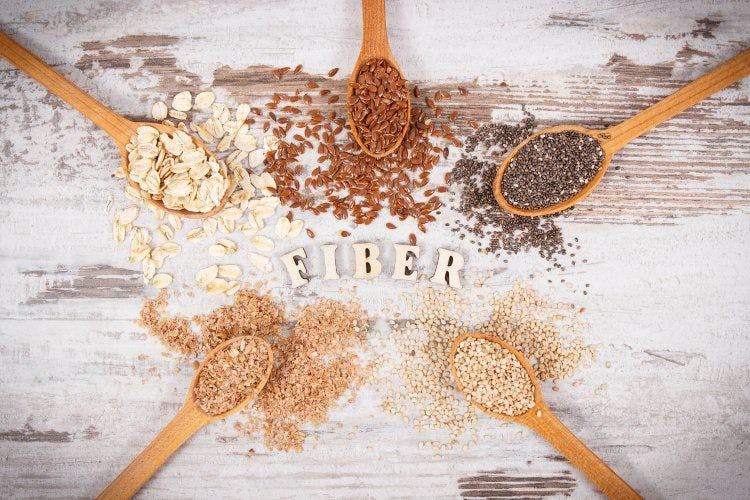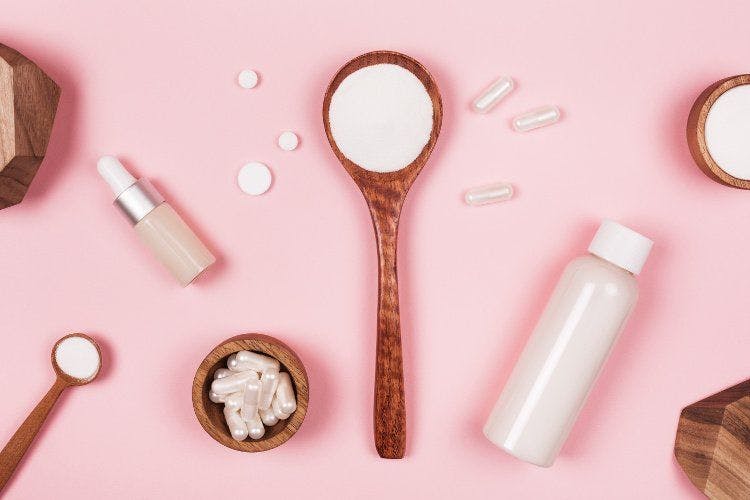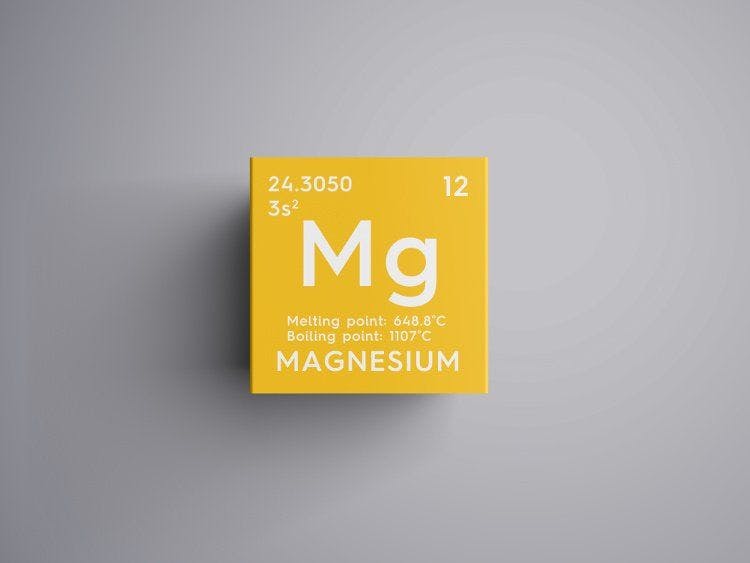Clean-label colors have limitations, but suppliers are overcoming them
The first step to improving color quality in a finished product is improving the quality of the raw materials.
Photo © Tatiana Morozova – iStockphoto.com
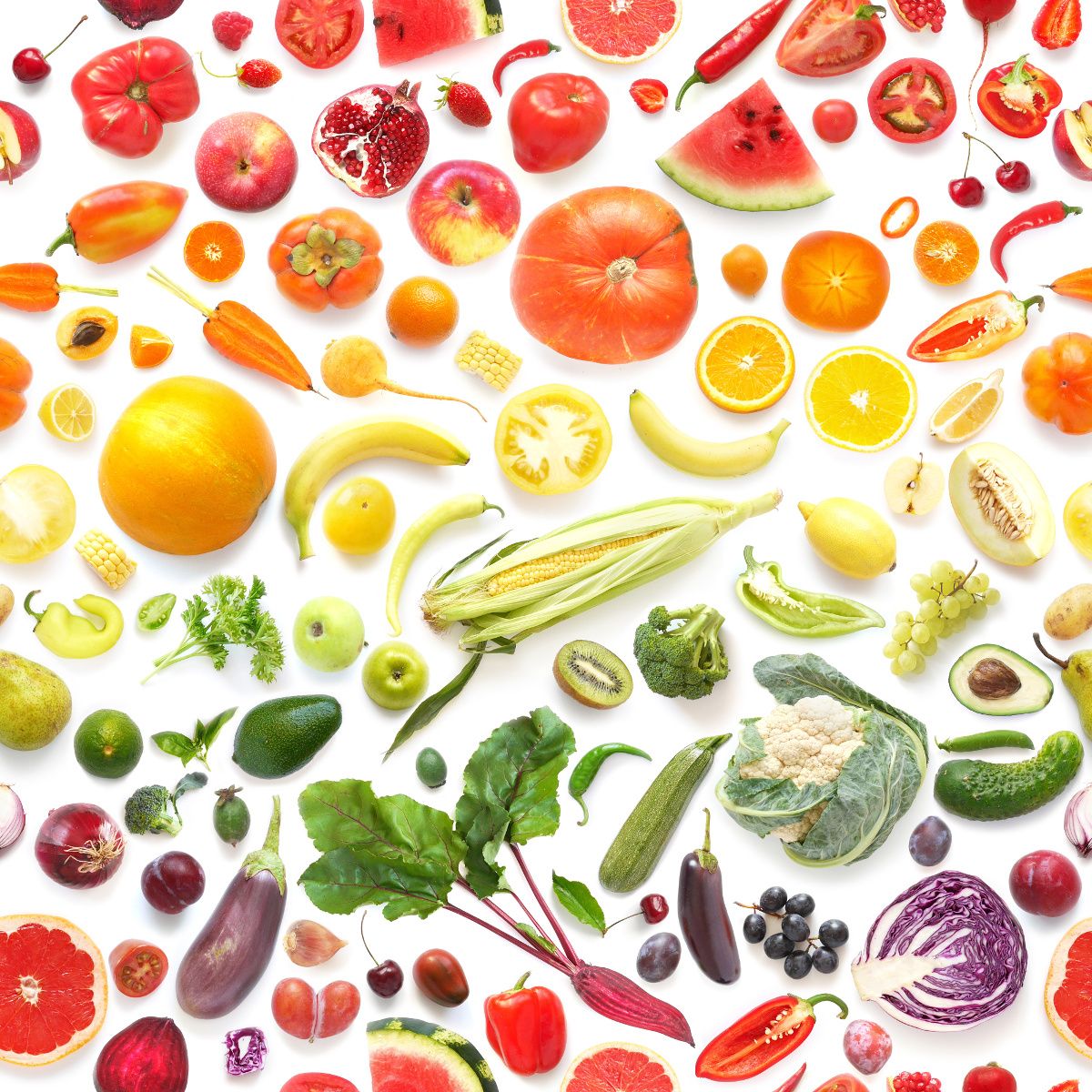
Clean-label colors made from natural ingredients are in demand, making their way into a number of products, including dietary supplements, beverages, and food. While a great deal of innovation has occurred to get clean-label color performance on par with non-clean-label counterparts, challenges still remain.
Clearing Clean-Label Hurdles
The importance of color quality cannot be understated. Visual beauty strongly influences a customer’s purchasing decision when debating whether to buy a supplement, food, or drink. Clean-label colors can struggle to match the aesthetics and durability of conventional colors. But where there is a will, there is a way.
“The increase in demand [for clean-label colors] has prompted a wave of innovation that has eradicated some of the formulation issues of the past, including lackluster options, limited shelf life, and processing instability,” says Andrew Wheeler, vice president of corporate marketing at Van Drunen Farms (Momence, IL). “Colors were previously dull and muted, and could only be used in a handful of applications.”
When organic colors were introduced, their lack of strength either had to be accepted-or formulators would have to increase the dosage, increasing the costs of raw materials.
The first step to improving color quality in a finished product is improving the quality of the raw materials. “By optimizing our raw materials through agronomy and extraction methods, Diana Food has managed to provide the market with high color strength references that are brighter and more stable than previous organic color solutions,” says Teresa Kilgore, category manager, sweet and beverage, North America, for Diana Food (Hasbrouck Heights, NJ).
Certain colors, such as greens and reds, have their challenges. For example, in Europe greens are traditionally accomplished with copper chlorophyllin or blends containing safflower, Kilgore explains. While chlorophyllin is non-synthetic by European standards, in the U.S. it is only approved for use in powdered citrus beverages, and safflower is not permitted for use as a color additive in the U.S. “For the U.S., we have developed blends containing spirulina and yellow carrot juice concentrate,” she says. “These are both bright and stable color solutions which consumers expect with the clean label they want.”
Beet and cranberry are now being utilized to achieve red colors. “More innovation in red colors is coming, as [red] is the color used in plant-based meat applications,” says Wheeler.
Anthocyanins can be used to create a range of pinks and reds in low-pH applications such as beverages and candies, says Kilgore-but in higher-pH applications, anthocyanins come out bluer and more purple. “We offer red beet for these applications, but this is not without problems, as red beet is not very heat or light stable,” she says.
Blends are also helpful in these cases, she adds. “For these more complex applications, we offer a stabilized beet which uses a unique blend of fruit concentrates that helps maintain the shade in harsher applications,” Kilgore explains. “Another challenge of low-pH applications is the shade of the single-source anthocyanin does not meet the target shade. For this, we formulate specific blends using other juices and concentrates to adjust to the target shade.”
Clean-label colors also face regulatory challenges, despite their connotation as being more natural and the safer options. “If the FDA does not or has not yet officially authorized a color as safe for use, it is considered unsafe and cannot be used, even if it comes from a natural source,” explains Wheeler. “It is possible to submit a new color for approval from the FDA, but it should be noted that it is essential for the color to be authorized for every category of product it will be used within, whether it is food, supplement, cosmetic, or a different category.”
Nor can a product containing natural colors be labeled as “no artificial colors,” adds Wheeler, because they are still deemed to contain color additives by FDA and other regulatory bodies. This is unfortunate given the negative connotation of artificial flavors among consumers. The lack of harmonized color-additive regulations globally also poses a challenge for commerce, says Kilgore. “Although Diana Food has a wide range of clean-label colors, the lack of harmonized regulations can limit our offerings depending upon the country of sale,” she explains.
She remains optimistic. “We believe the continuous demand to eliminate synthetic substances will result in increasing industry petitions for new colors derived from natural sources,” says Kilgore. “And this will create a more robust and harmonized framework for the food industry.”
Given the amount of progress already achieved, the industry will continue to innovate as regulators catch up to the clean-label color marketplace.

Prinova acquires Aplinova to further increase its footprint in Latin America
April 7th 2025Prinova has recently announced the acquisition of Brazilian ingredients distributor Aplinova, which is a provider of specialty ingredients for a range of market segments that include food, beverage, supplements, and personal care.


